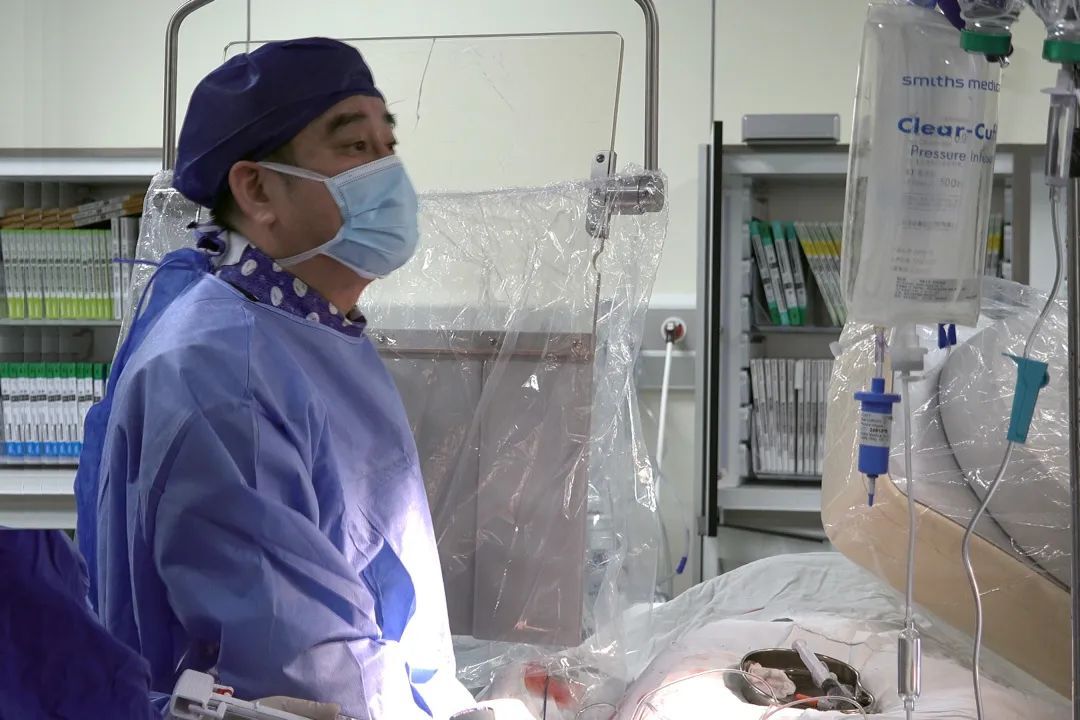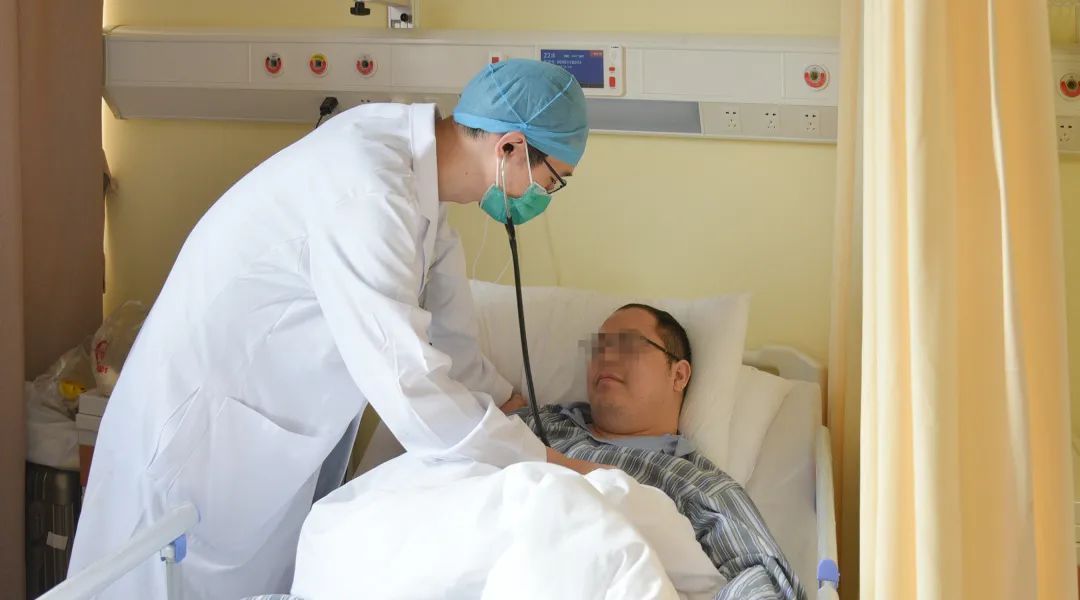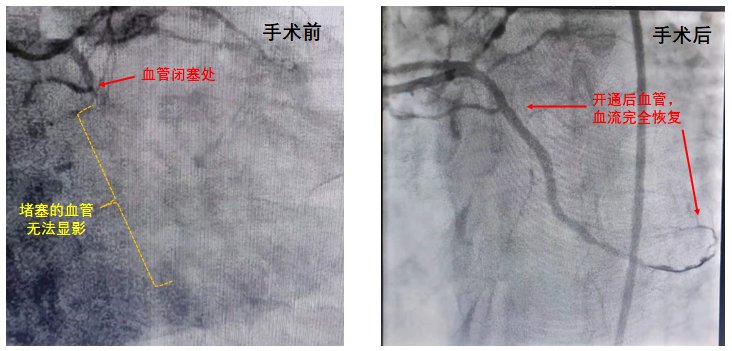Source: Shanghai Chest Hospital
“Ten years ago, experts from the Chest Hospital put three blood vessel bridges in my heart and saved my life. This time, It was able to completely open up my blood vessels that had been blocked for so many years, and saved me again!”. Who would have thought that the patient who said this was a “little young man” who was only 37 years old. Mr. Gu suffered from severe coronary heart disease, which spanned ten years and was extremely complicated. At the time of despair, the team of Professor He Ben, Director of the Heart Center and Director of Cardiology Department of our hospital, challenged the “impossible” and used superb minimally invasive interventional technology to open up the patient’s stubborn blood vessels that had been blocked for ten years, and solved the problem from the source. , let Mr. Gu’s heart “boom” again.

Ten years ago, Mr. Gu, in his 20s, was admitted to our hospital for severe coronary heart disease (three-vessel disease). After bypass surgery, the operation was very successful, but he did not have regular follow-up after surgery, nor did he insist on taking medication. In the past two or three years, the symptoms of heart disease reappeared, but Mr. Gu did not pay attention to it. He did not come to Shanghai for treatment again until he could not survive it. When he came to our hospital, his heart was on the verge of “strike”. Two of the blood vessels were blocked. His heart failure was severe and his heart function was almost lost… The family said that he couldn’t sleep all night, he had to sit up and gasp for breath, and his heart was flustered. Chest tightness, neither sitting nor standing. After taking strict epidemic prevention measures, the hospital admitted him to the hospital, and immediately organized a multidisciplinary consultation with experts from the Department of Cardiology, Cardiac Surgery, Ultrasound, Radiology, Nuclear Medicine, and Anesthesiology to discuss the emergency treatment plan. “Falling around the wall”.
Another bypass surgery? The risk of secondary bypass is very high, the patient’s cardiac function is poor, and the ejection fraction is less than 30%, which is even more difficult, and even if the bypass is successful, the symptoms can only be suspended. Do a heart transplant? The patient is so young, considering the quality of life in the future, this may be the last resort. Conservative drug treatment? It may be possible to partially restore the patient’s cardiac function, but if the problem of cardiac blood supply is not resolved, the clinical effect will be greatly reduced. What about minimally invasive interventions? Mr. Gu had bypass surgery ten years ago, indicating that his condition was not suitable for intervention at that time. What’s more, after ten years of disease development, the situation has become more complicated. Sure enough, during coronary angiography, the doctors found that in addition to the “anterior descending vein bridge” of Mr. Gu’s heart, his own three blood vessels and two of the three bypassed blood vessels were all blocked from the beginning. There is no way to start.

For such a young patient, is there only a way to “change the heart”? Under the anxious expectations of the patients and their families, the heart center team of our hospital carefully studied the patient’s medical history data ten years ago, combined with this examination, and agreed that we can only find a way to open up the occluded root that has been occluded for many years but has developmental advantages” “Circumvent branch” can improve the patient’s heart function. But this blood vessel has been blocked for many years. CT shows that the calcification is very heavy, and angiography shows that there are many jellyfish-like small side branches in the occluded segment, which will be broken if you are not careful during the intervention. Besides, the “access” is unclear and the plaque is hard. Gotta be like a stone! The difficulty of intervention operation is self-evident! “The patient is so young, as long as there is a glimmer of hope, we must work hard!” He Ben said firmly.

Comparison of imaging examinations before and after surgery
After careful preparation, Director He led the Cardiology Department Dr. Wang Jian started this “hard battle”. He used the guide wire to explore and reach in little by little. As expected before the operation, the patient’s blood vessels were as hard as a rock! The surrounding situation is intricate, like groping through a dark thorn! The surgical team was calm and calm, successfully emerged from the “chaos”, and accurately found the target blood vessel. With the help of superb and skilled technology, the catheter was passed little by little, and finally the stent was successfully implanted. The blood vessel that had been occluded for ten years was finally opened. !
“After this operation, I will definitely protect my heart.” Mr. Gu said excitedly. He recovered quickly after surgery and was able to sleep on his back that night. The doctors repeatedly told him that after being discharged from the hospital, he must pay attention to strengthening exercise, live a healthy life, and follow up regularly, and he must not “splurge” his heart like before.
Review: Xinya